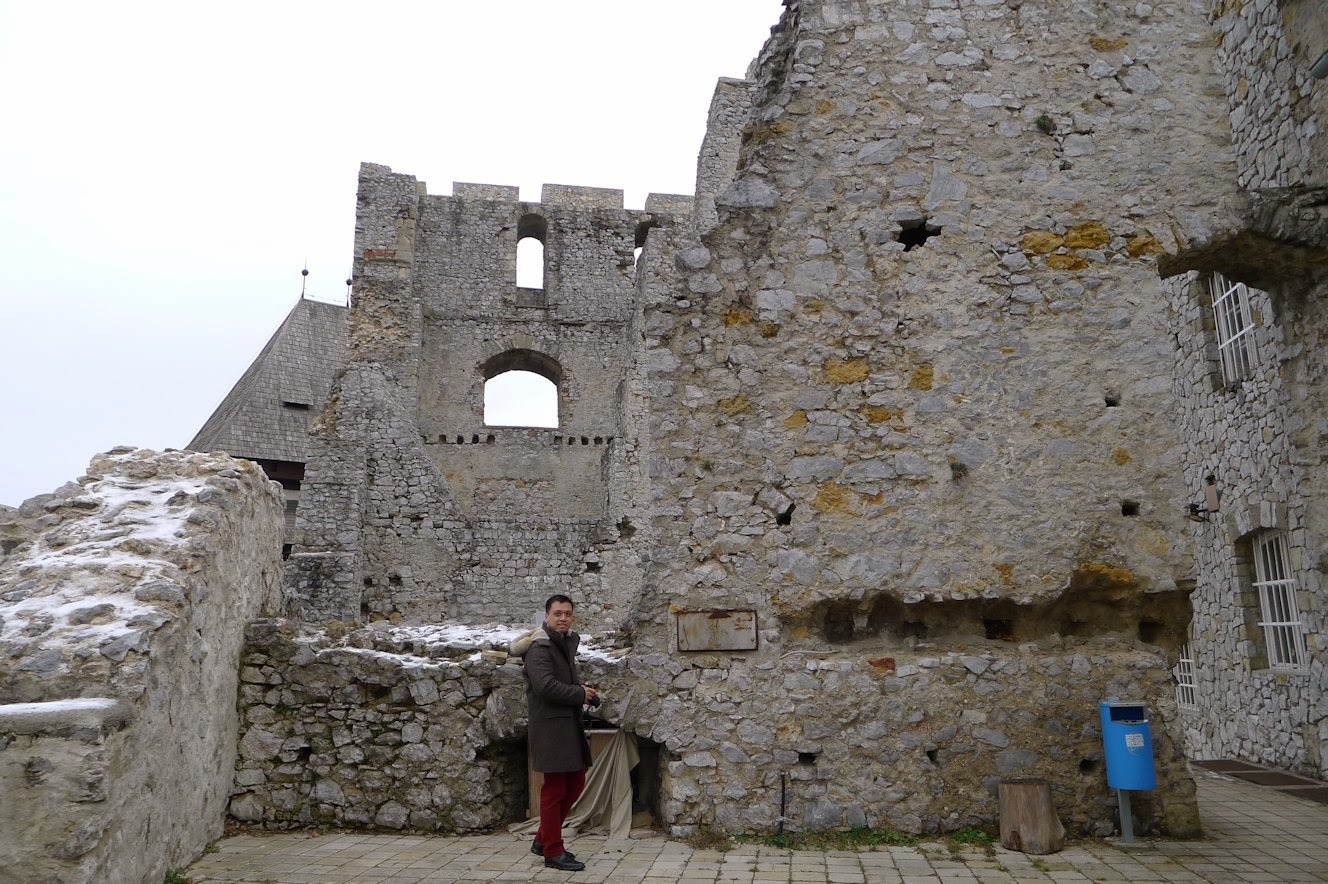Croatia is a holiday goldmine for people who love islands. There are over a thousand islands in Croatia, spread over a huge coastal area on the Adriatic Ocean. From the Istria peninsular (that little leaf-shape peninsular hanging from the northern coast of Adriatic directly across from Venice) one could take a ferry to the beautiful island of Cres.
In between Rijeka and Pula is a little harbour port called Brestova. A scenic drive down the mountain will take you to the ferry port with service running every hour (or every two hours on Sundays). It's only a short 20 minutes' ride across the narrow strait, but on a good day the scenery is breathtaking. The Brestova port has a small café restaurant, gift shop, and toilet facilities.
The main town of the island (also called Cres) is a further 20 to 30 minutes' drive. It is a quaint holiday town with a marina and beautiful holiday houses. Cafés and restaurants lined the boat-filled marina, and shops selling local olive oil and gifts are aplenty. It is a great starting point for exploring the rest of the island, which has more to offer than one can imagine: beautiful villages, hidden beaches, local restaurants. Our next stop was Lubenice, a hilltop village that has only 24 inhabitants!
Ferry schedule from Brestova:
http://www.croatiaferries.com/brestova-porozina
More on the island of Cres: http://www.tzg-cres.hr/en/


































































